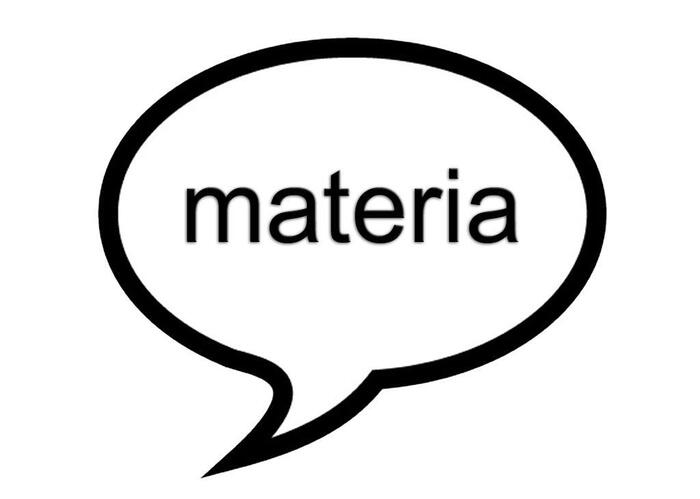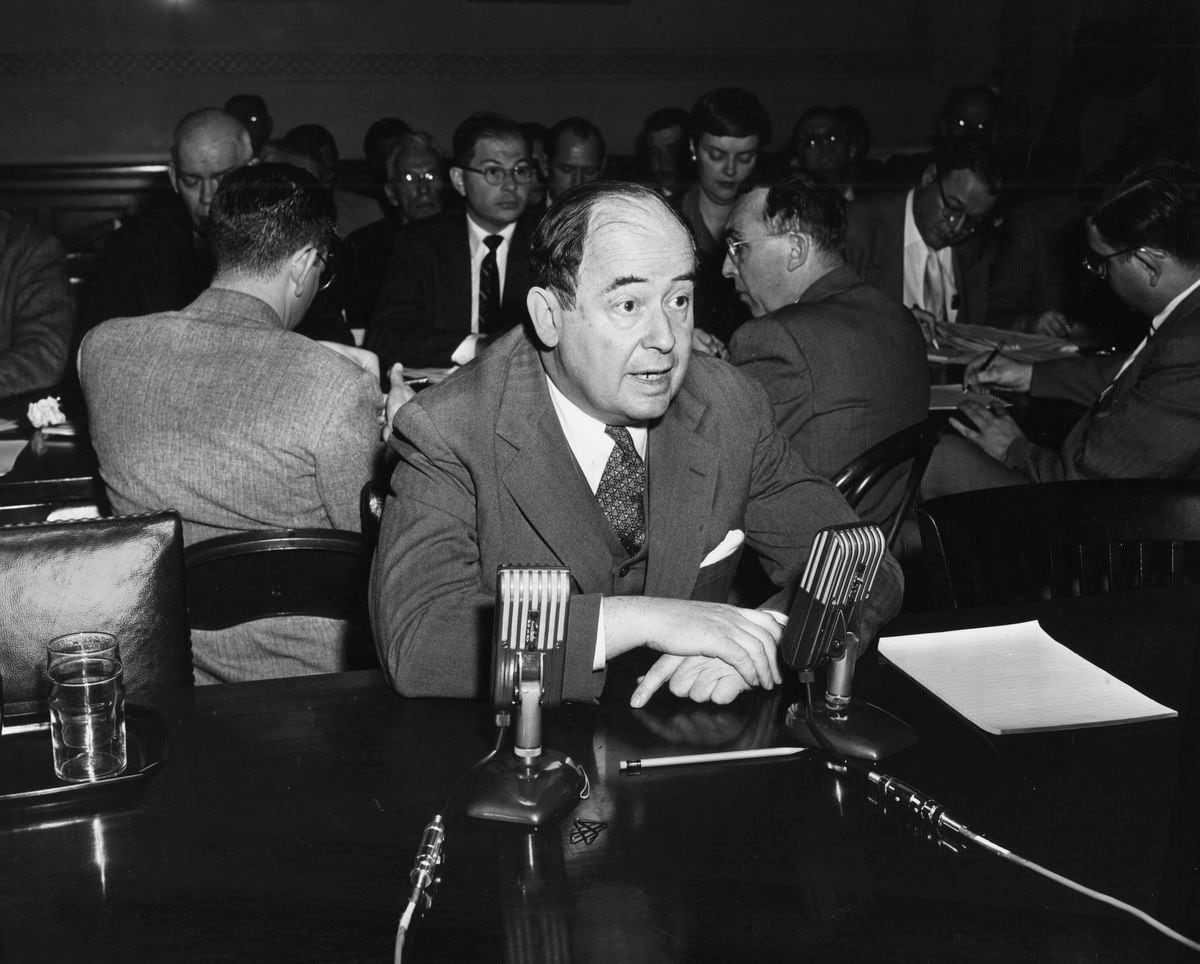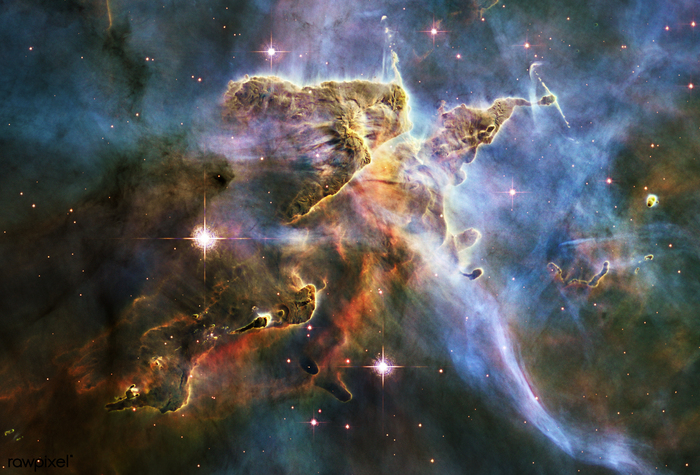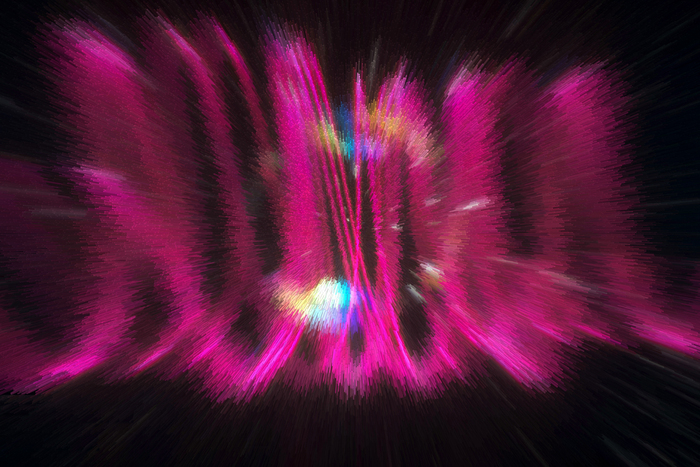Enlarge image
Storage ring of the muon g – 2 experiment at Fermilab
Photo: Reidar Hahn / Fermilab
Dominik Stöckinger has been looking forward to this moment for 20 years.
Today, Wednesday, the time has finally come: the collaboration of the so-called muon 2 – g experiment, in which Stöckinger is involved, announces its measurement results to the public.
For particle physicists, this is a historic moment.
Because they are hoping for a very first, albeit still vague, look into the realm of a new physics.
As a theorist, Stöckinger was there from the start when planning a new experiment at the Fermilab near Chicago began.
The goal was precision measurements on an elementary particle called the muon.
Physicists are interested in this particle because it is considered to be particularly sensitive to phenomena beyond the known laws of nature.
Around 50 years ago, the laws of nature considered valid today were summarized in the so-called standard model.
It describes the interactions of all known particles, and since then it has been confirmed again and again and in some cases with downright impressive precision.
The curse of particle physics
In the meantime, the triumph has become a curse: With increasing effort, the particle physicists are trying to push the limits of the Standard Model.
With more and more force they let particles crash into each other in order to look for splinters that are unknown to them after the crash.
But so far without any success.
Instead of giving the researchers new physics, even the giant particle accelerator LHC at CERN only confirmed the old one.
Now the long-awaited first signs of a new physics could come from another particle factory: the American Fermilab.
The researchers there use a particularly ingenious method to explore physics beyond the standard model: They send muons as measuring sensors into the unknown.
Muons are related to electrons in their properties, only that they are around 200 times heavier.
That makes them particularly suitable as scouts in the terra incognita.
Flickering and shimmering in nothing
In their experiment, the researchers take advantage of the fact that even the most exotic particles are surprisingly ubiquitous.
Everywhere, even in a completely empty room, they arise incessantly, only to disappear again within a fraction of a second.
"Vacuum fluctuations" is what this relentless background shimmer is called.
Normally, the continued emergence and disappearance of particles in space is too fleeting to be detected even with the most sensitive devices.
The muons, however, feel the constant shaking and shaking of the particles fluctuating in space.
Enlarge image
Relocation of the muon g – 2 storage ring from New York to Chicago
Photo: Cindy Arnold / Fermilab
In the muon 2 – g experiment, muons are fed into a storage ring, where they are exposed to an extremely homogeneous magnetic field.
If the measurement is sufficiently accurate, the gyroscopic movements of the muons in this magnetic field show how strong the vacuum fluctuations are shaking them.
Brookhaven Legacy
All kinds of particles influence the muons, those known to physicists as well as those that are unknown.
However, all effects caused by known particles can be calculated very precisely.
If the measured values differ from the calculated value, the difference must be due to the effect of unknown particles.
The hope of physicists of finding such a deviation in the measurement published today is great.
The muon experiment was carried out 20 years ago, at the accelerator in Brookhaven (New York State).
The researchers actually found a significant deviation from the calculated value - except that the result was not clear enough to meet the high demands of the physicists.
It is generally accepted that a discovery is only recognized as such if the probability that it is the mere product of a coincidence is below 1: 100,000.
The Fermilab experiment measures more precisely than its predecessor in Brookhaven.
"The storage ring has moved," says Martin Fertl from the University of Mainz, who is part of the 200-person Muon 2 – g collaboration.
The entire device was loaded by ship across the Gulf of Mexico and the Mississippi from New York to Chicago.
The measurements were carried out on the same magnet as they were 20 years ago, but measurement technology has made great strides since then.
Plenty of room for speculation
But will the accuracy be sufficient to be able to proclaim the beginning of a new physics tonight?
The professional world expects at least a clear hint.
In addition, the measurements at the Fermilab will continue;
definitive results should be achieved within a year or two.
The discussion about what kind of particles it could be that affect the muons has long since begun.
There is no shortage of candidates for possible particles beyond the Standard Model.
“For example, additional Higgs particles, supersymmetry, leptoquarks or axions are possible,” says Stöckinger.
Behind each of these catchwords lies a different complicated theory.
And each of these theories stands for a possible variant of how our universe is structured in its innermost being.









